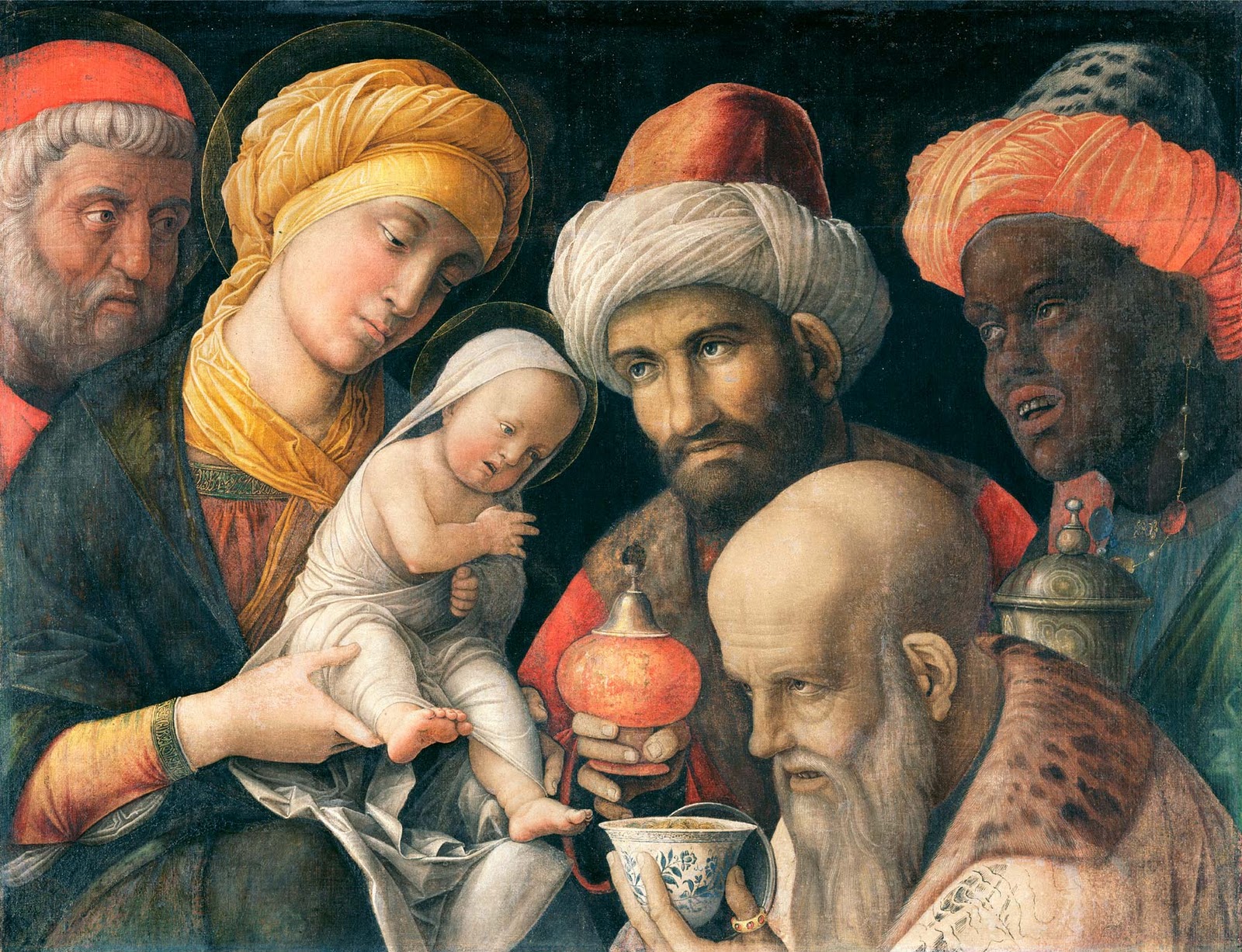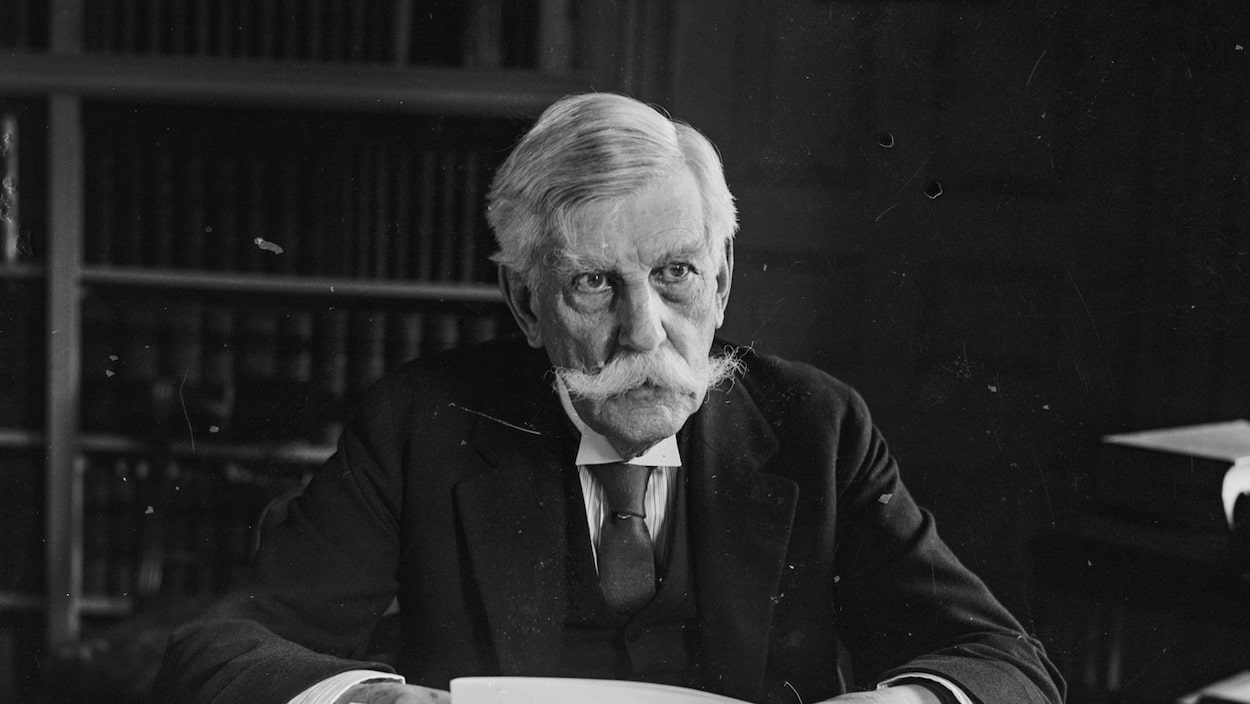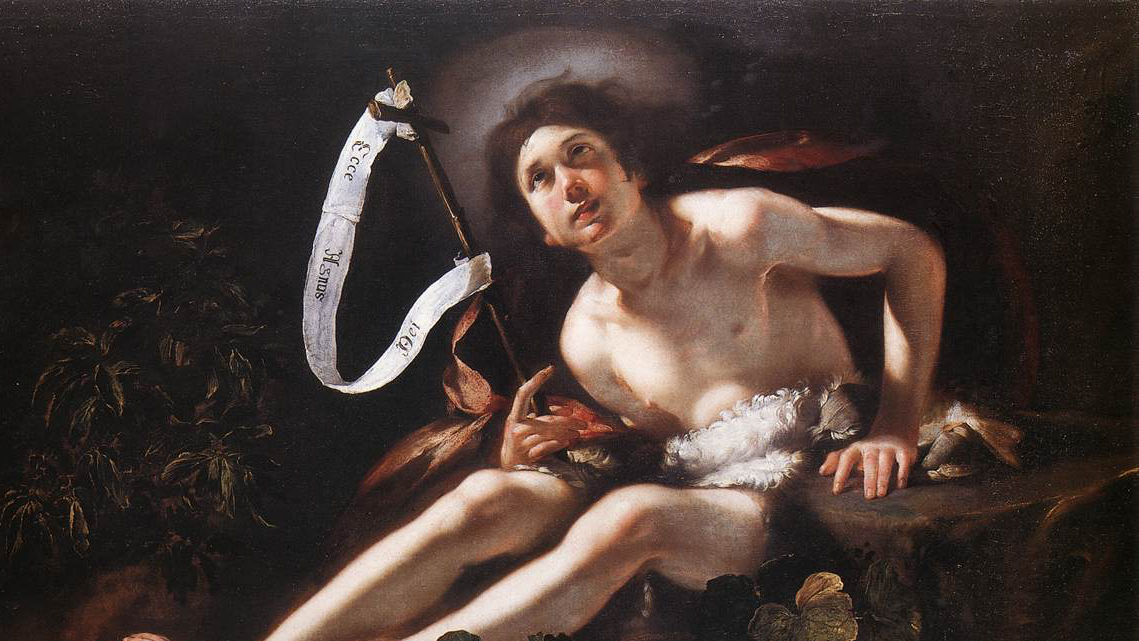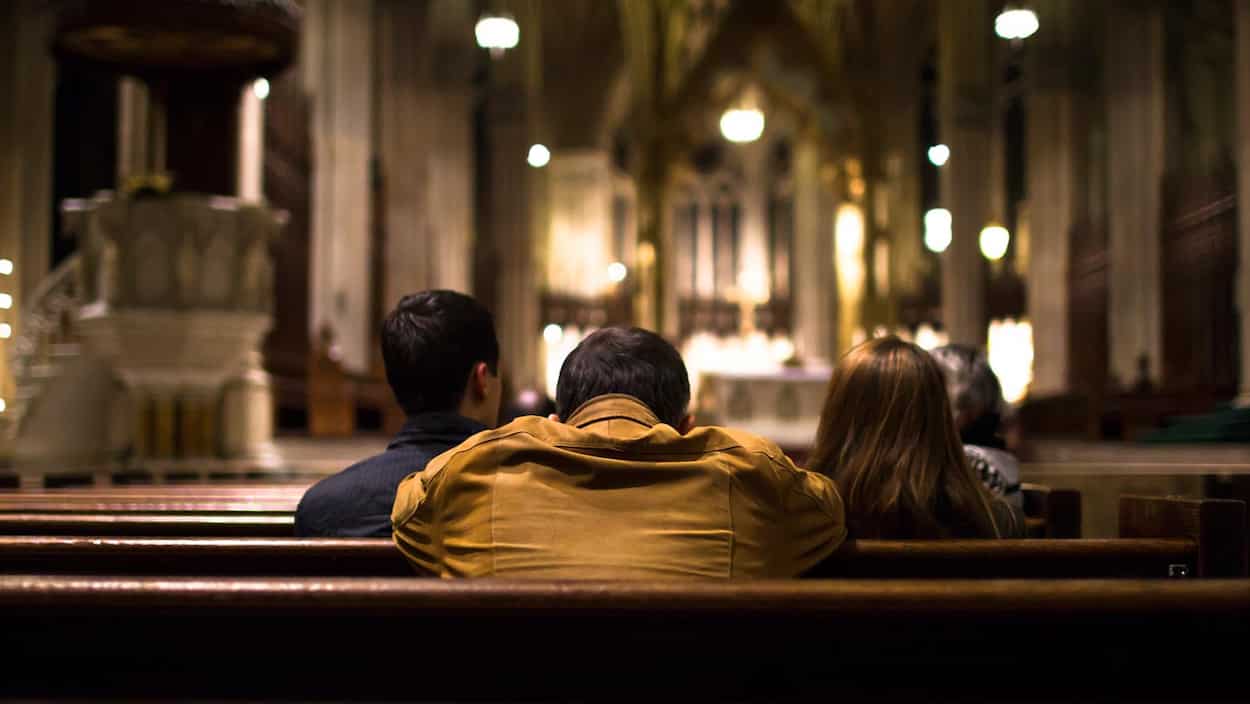This weekend the Church celebrates the feast of the Epiphany. The Gospel that the Church uses at Mass on this feast day is always the same, Matthew 2:1-12. And obviously this is where we find the story of the Star of Bethlehem and the visit by the Magi. And because of this passage from scripture, the Star of Bethlehem has become one of the most powerful symbols of Christianity, second only to the Cross.
Matthew says that, as the Magi were following the Star, they visited King Herod asking “Where is the Newborn King of the Jews”.
The name Herod appears several times in scripture. For example, the name Herod appears here, at the time of Christ’s birth; and the name Herod appears again at Christ’s death. Remember, it was Herod that spoke to Jesus before sending him to Pontius Pilate. A trivia question for you! Were these two Herod’s the same person or were they two different people?
I know many of you know the answer, but let me clarify it with a little history. The Herod in today’s Gospel was Herod the Great. He was the brutal and wicked King of Judea during the time of Jesus’ birth. This was the Herod that had ordered the execution of all male children two years of age and younger in an attempt to kill the Newborn King. This Herod the Great died shortly after these events. It was his son, Herod Antipas that was Tetrarch of Galilee when Jesus was arrested. It was this same Herod Antipas that had John the Baptist beheaded.
Herod Agrippa I, the grandson of Herod the Great, was the one that had James, the brother of John executed and then had Peter imprisoned. It was this same Herod Agrippa I that declared himself to be divine. But immediately after doing so, he was eaten by worms and died. And it was Herod Agrippa II, the great grandson of Herod the Great that heard Paul’s defense at Caesarea.
As to the Star of Bethlehem, we can never know for certain what it was that the Magi saw and were following. But I did some research on Astronomical History and was fascinated by what I found.
For example, astronomers over the years have identified the paths of many of the stars and planets so accurately that, with the aid of computers and computer programs, they can tell you where these stars and planets were in the sky and where they were relative to each other on any specified day in history, even 2,000 years ago. They can demonstrate what you would have seen from any point on the globe at any given time. And they can even give you the angular dimensions between any two of these heavenly bodies.
That fascinated me. Can you imagine the mathematics necessary to be able to do that? When you review their published dimensional statistics, you find that they are very precise. I find it amazing that the movement of the stars in the sky is so precise and so mathematically predictable that their positions can be pinpointed with such accuracy.
I see the stars and planets as pin points of light in the sky. But to be able to determine where those pin points of light were 2000 years ago, and to define the angular dimension between them expressed in degrees, minutes, seconds and tenths of a second, to me is awesome! Even though I find such numbers fascinating, if I were to repeat those statistics here, I would put everyone to sleep. So, for the following information, I will leave out the numbers.
I wondered, if they can be that precise in defining the location of the heavenly bodies, can they identify the Star of Bethlehem? And I discovered that they do make an attempt to do so.
For example, modern astronomers say that in the year 7 B.C. Jupiter and Saturn met, or were joined, three times. A phenomenon that occurs only once every 900 years! They know that at that time these two planets never got closer than two diameters of the moon. So they could hardly have been seen as a single star. But this was significant to the astrologers of that time, because Jupiter was known as the “Planet of Kings” and Saturn was known as the “Protector of the Jews”. So the joining of these two planets would have been significant to the astronomers and astrologers of the time.
Then in 6 B.C. Jupiter, Mars and Saturn came within 8 degrees of each other. An event that occurs only once every 800 years! Again, significant to the astronomers! A nova then appeared in 5 B.C. and remained visible for 70 days. But Matthew said the Star of Bethlehem moved, and this nova would have remained stationary with respect to its background. So this could not have been The Star!
The Chinese recorded the appearance of two comets in the sky, one in 5 B.C. and another in 4 B.C. But no serious astronomer would mistake a comet for a star.
All of these events would have been exciting to astronomers and astrologers of the day, but they pale in comparison to the events of an 18 month period during 3 and 2 B.C. The modern astronomers say that this was the most remarkable period, in terms of celestial events, in the last 3,000 years.
In May of 3 B.C., Saturn and Mercury come very close together. Then Saturn moved eastward and came very close to Venus in June of that year. And if this weren’t enough, in August Jupiter and Venus came very close to one another.
Then 10 months later, in June of 2 B.C., Jupiter and Venus met again. This time they were even closer. Extremely close together! They were so close on this second meeting that they would have appeared as a single bright star in the morning sky, and would have been the brightest star ever seen by any human. It would have been impossible to see them as two stars with the naked eye. Then in August of 2 B.C. Jupiter comes very close to the star called Regulus. This meeting would have been significant to the astrologers of the day because Jupiter was the “King Planet” and Regulus was the “King Star”.
And then, to make it even more spectacular, the natural path of Jupiter made it appear to circle around Regulus over the next 10 month period. You see, stars generally have fixed positions in the sky, but planets move within this field of fixed stars. There is a phenomenon that is sometimes observed in astronomy when the planets appear to move backwards. This phenomenon is called retrograde motion. All planets move in an eastward motion around the Sun, but the planet with the inside or smaller orbit moves faster than the planet on the outside or larger orbit! We observe this from a moving platform because our earth also orbits around the sun. When the faster moving planet passes the slower moving planet, we sometimes see a planet that appears to be moving backwards relative to its usual motion around the sky. This is retrograde motion! The planet is not actually moving backwards; it only appears that way. But this circular motion of the “King Planet” around the “King Star”, in all probability, would have signaled to the astrologers of that day that a Great King was destined to appear.
I should clarify one thing. In our world today, there is a clear distinction between astrology and astronomy. But during that period of history 2,000 years ago, there was no clear distinction between the two. The motion of the planet and stars were charted, and this information was used to determine the events in history. And these Magi were astrologers.
Some modern day astronomers say that in their opinion, the conjunction of Jupiter and Venus in June of 2 BC would have been significant enough to start the Magi out on their trip to Jerusalem. Because in viewing this conjunction from Mesopotamia, they would have seen it’s brilliance in the western sky, precisely in the direction of Judea. It would have been visible to them for a short time each day before it’s setting in the western horizon.
This modern day interpretation continues by saying that the one thing that all of these astronomical events had in common was the planet Jupiter. The Magi would have seen Jupiter moving westward each morning. This westward motion would have led them to Jerusalem. Jupiter’s natural motion would have made it appear to stop in the sky. And, if you were in Jerusalem, Jupiter would have been directly to the south, over Bethlehem, when it stopped. And they say it would have come to a normal stationary position at dawn on December 25th in the year 2 B.C. The planet would have stopped in the constellation Virgo, and it would have remained there for 6 days. The name Virgo, by the way, is a Latin word for virgin. In Greek mythology, Virgo was the virgin goddess frequently pictured as holding the scales of justice in her hand. In the middle ages, Virgo was often associated with the Blessed Virgin Mary.
So does this imply that the date of Christ’s birth is December 25 in the year 2 B.C.? No! But it does imply that this is most likely the date that the Magi visited the child Jesus. Remember, Matthew says that the Magi entered a house, not a stable; and they saw a child, not an infant. Jesus would most likely have been a toddler when they arrived.
So our modern day astronomers contend that the star that the Magi were following was the planet Jupiter. This makes sense because it would have taken a trained eye to recognize these celestial events. Matthew says that Herod was greatly troubled when he heard the Magi, and so was all of Jerusalem. These people obviously didn’t know, or didn’t recognize, the significance of the signs in the sky. The Magi did.
As I said earlier, we can never know for certain what it was that the Magi saw and what they were following. But I think it is interesting how modern science, in its attempt to explain the unexplainable, has tried to answer the question.
If you think about it, it is remarkable. The movement of the planets and stars are very precise and their positions can be calculated with great accuracy. God created the Universe, and as such He not only knows the positions of all the heavenly bodies, He defined them, He established them. Consequently, these celestial events of 2,000 years ago are not coincidental. They were intentional!
So you have to ask yourself, if the stars in the sky of 2,000 years ago weren’t magical or a special miracle or something outside of the natural order, then these events reveal something even more startling. Our God created a Universe in which the movement of the heavenly bodies is regular and predictable. This would imply that from the very moment of creation, our God knew the moment of Christ’s birth. He marked it in the stars. Psalm 19 says, “The heavens declare the glory of God and the firmament proclaims His handiwork.” The celestial events of 2,000 years ago breathe new life into those words.
The message in the stars for you and me is that just as the stars have a rhythm and a natural order, so too does all of life. We may find life hard at times, but our God came to earth, became one of us, to show us how to live this life of ours. Yes, Jesus experienced trials and difficulties, but through it all, His message remained the same; love God and love one another. We all experience life’s trials, but I think Plato said it best. “Be kind; for everyone you meet is fighting a hard battle.”
Today the Church celebrates the feast of the Epiphany. The word Epiphany is taken from the Greek. It is literally translated as a showing or a manifestation or a revelation.
The Magi were Median, or Kurdish pagan priests. And they were greatly respected and recognized as being highly educated scientists and scholars.
The events recorded for us in today’s Gospel are significant because this visit by the Magi is the first official acknowledgement, or recognition, or announcement that Jesus is the Messiah, the Divine Son of God; that God was made manifest in the person of Jesus Christ. The Magi were heralds of this announcement.
This visit made by the Magi is also significant, because the Magi were not of the Jewish community. They were pagans. So the visit by the Magi is significant for two reasons. Number 1, it is the first official acknowledgment that the child Jesus is the Newborn King. And number 2, it emphasizes the fact that God’s gift of salvation, in the person of Jesus, is offered to all people, not just the Jews.
Today we remember the Star of Bethlehem, and we celebrate the announcement made to the world by the Magi. The Magi were led to the Newborn King by following the light from a star. May we be that light that leads others to the Newborn King.







